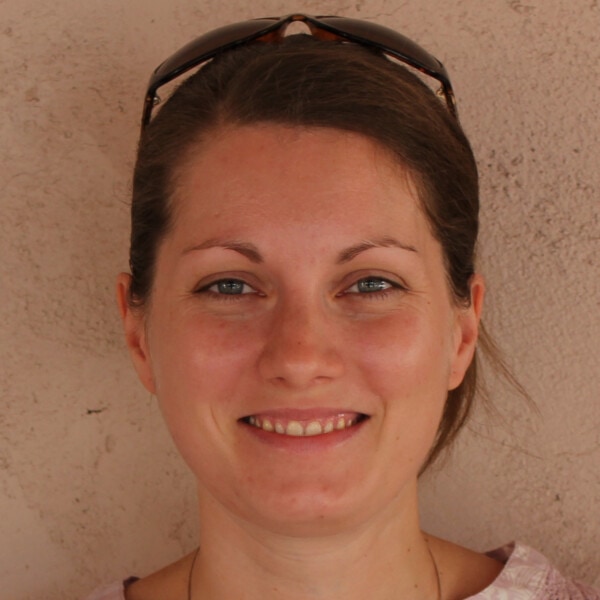Overall Objectives
Project Description
The proposed work will be carried out using imaging data from other small bodies mission and when available, imaging data from flyby operations. Most of the data processed for this project would be from the PDS SBN database. Le Corre has extensive experience (over a decade) creating multi-spectral maps as she has worked on several NASA and JAXA missions including Cassini, OSIRIS-REx, Dawn, Hayabusa and Hayabusa2. Data reduction will be accomplished using software package called ISIS distributed and maintained by USGS. The data reduction and map creation pipeline are based on similar works Le Corre has carried out for other imaging instrument. The registration and control process will be tested on relevant datasets (for example OSIRIS-REx and Rosetta missions). The Rosetta mission acquired images that covered 60% of the surface of asteroid Steins and 50% of Lutetia during its flyby of the two targets. The alternative is to build image mosaics of Pluto and Charon with the LORRI and/or MVIC color images from the New Horizon mission, which was also a flyby configuration but with much bigger targets. Le Corre will test the use of different methods for registering and/or controlling images using ISIS routines (such as coreg, deltack, findfeatures, limb fitting with geometric backplane data associated with the images, Spacecraft clock start time adjustment) or other software such as Matlab (that includes routines for intensity-based image registration, feature matching, control points). Le Corre will work with mission PI Scheeres in the assessment of the best pipeline/methods to implement for Janus targets. Another part of the work will consist in reducing the existing ground-based data (recent spectra from IRTF) of the two targets. After calibration, analysis of band parameters and comparison with laboratory data of meteorites as well as other asteroids, the final results could be part of a publication dedicated to the near-infrared spectra of these two binary asteroids and their interpretations. Finally, Le Corre will assist PI Scheeres in the preparation of documentation of the PDR.

